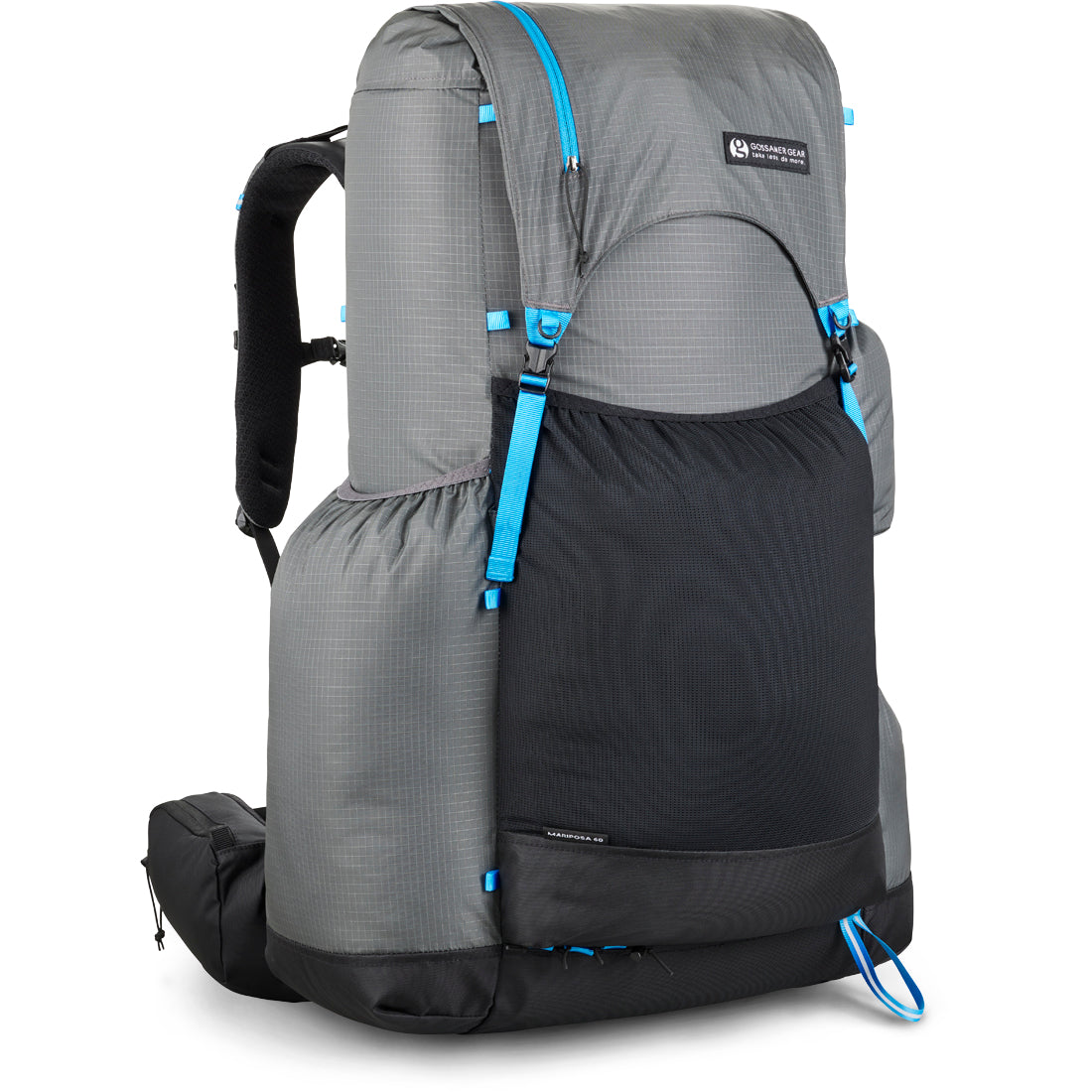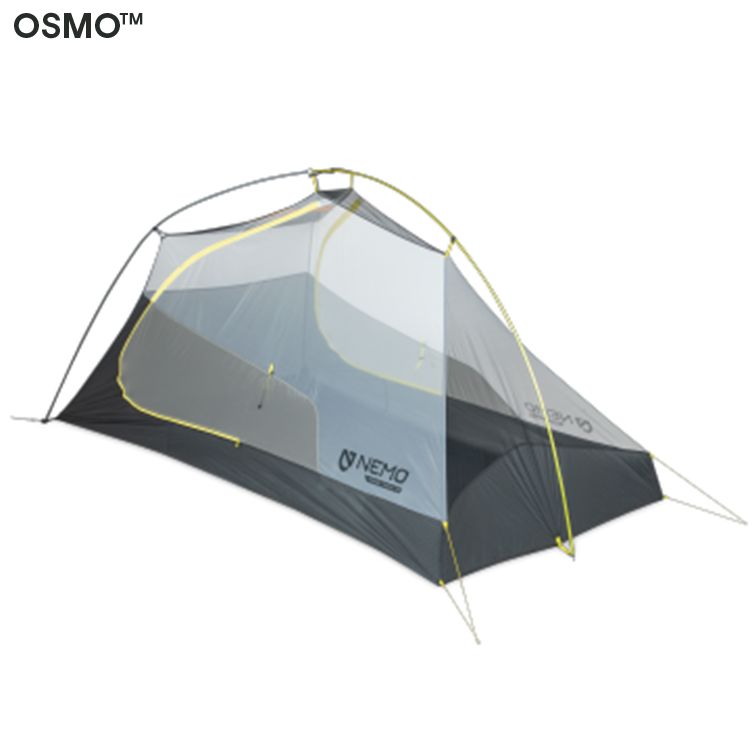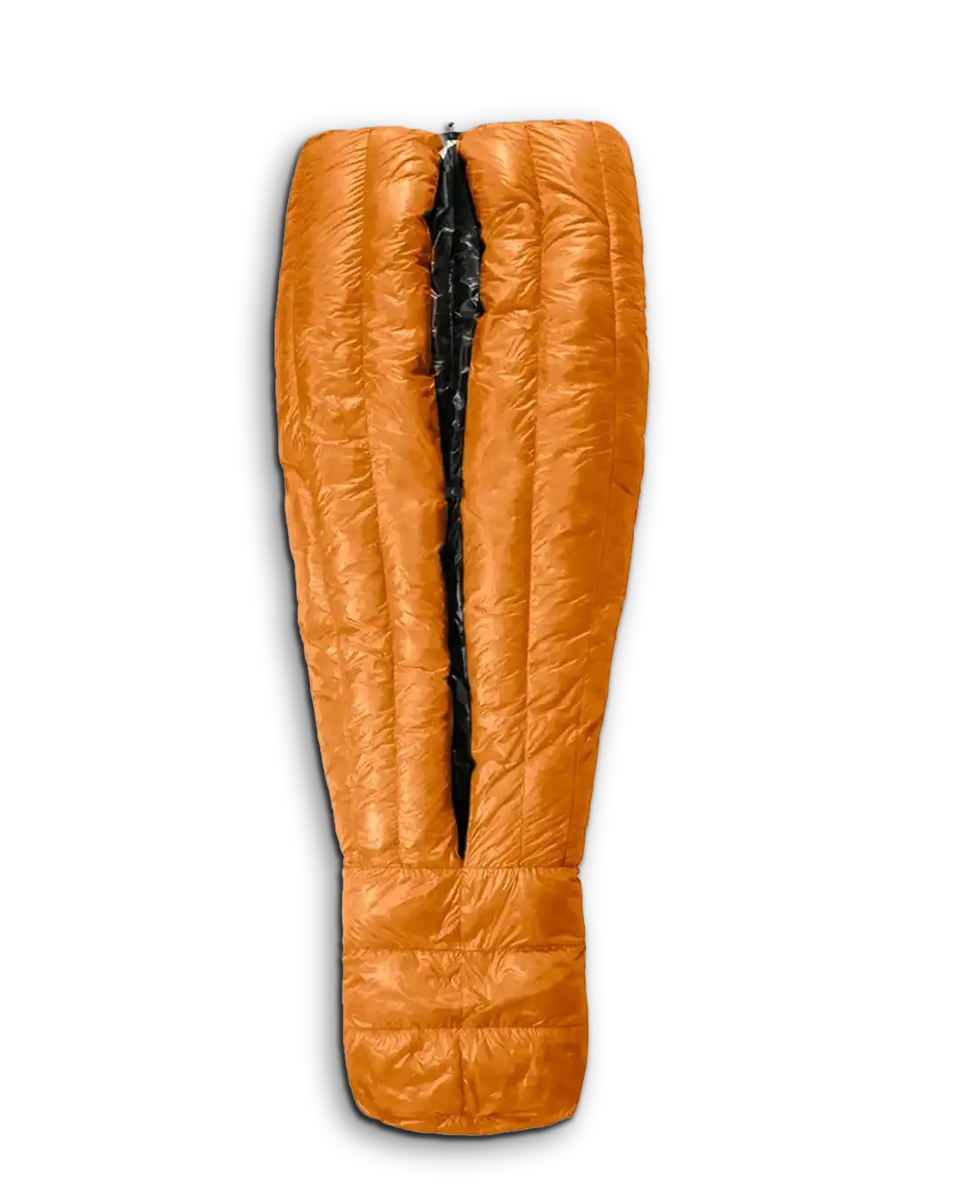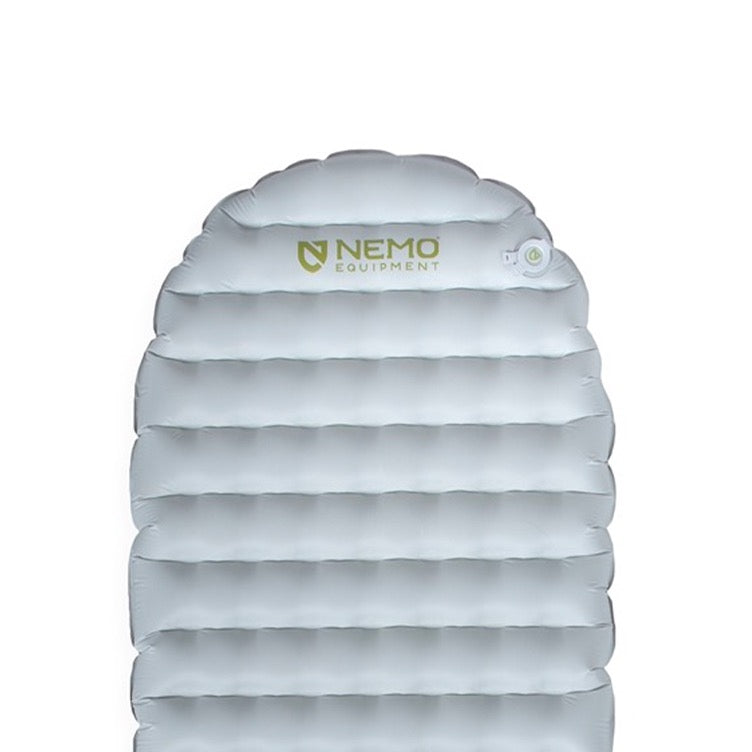Backpacking isn't rocket science, but it can feel that way when staring at endless gear choices. The "Big Four" cuts through the noise: pack, tent, sleeping bag/quilt, pad. That's it. These essentials make or break any adventure, from casual weekend warriors to hardcore trail veterans. And while some enthusiasts obsess over ultralight titanium sporks and artisanal dehydrated meals, mastering these core pieces first keeps newbies from becoming cautionary tales around the campfire.
While seasoned backpackers might scoff at gear guides, the reality is that proper equipment can mean the difference between an epic adventure and a miserable slog through the wilderness. The "Big Four" - backpack, tent, sleeping bag, and sleeping pad - form the foundation of any backpacking setup. Get these right, and you'll have plenty of time to contemplate your choices while lying awake at 2 AM.

Let's start with the pack itself. A 50-60 liter capacity hits the sweet spot for beginners. Internal frames have pretty much taken over the market, and for good reason - they distribute weight better than their external counterparts. The hip belt isn't just for show; it transfers 80% of the pack weight to your hips. Your back will thank you later. A pack liner provides essential protection for your gear during unexpected rain. Proper clothing choices can significantly enhance your comfort and overall experience during trips.
A well-fitted backpack with proper frame and hip belt support transforms a grueling trek into an achievable journey.

Shelter comes next. Three-season tents handle most conditions just fine, and freestanding designs make setup less of a headache. Double-wall construction keeps you dry while preventing that lovely greenhouse effect of condensation. Aluminum poles strike the right balance between durability and weight. And yes, many choose to spend the extra few bucks on a footprint - unless you enjoy replacing your tent prematurely.
Sleep systems matter. A lot. Temperature ratings on sleeping bags aren't suggestions - they're survival tools. Down insulation offers the best warmth-to-weight ratio, but it's useless when wet. Synthetic fills shine in damp conditions. The mummy shape might feel constraining, but it's thermally efficient.

That efficiency means nothing without a proper sleeping pad, though. The pad's R-value indicates how well it insulates you from the cold ground trying to suck away your body heat.

These four pieces of gear work together as a system. Skimp on one, and the others can't compensate. It's like trying to drive a car with three wheels - technically possible, but definitely not recommended.
The good news? Get these right, and you've got the foundation for countless adventures. The bad news? Your credit card might need a moment to recover.






